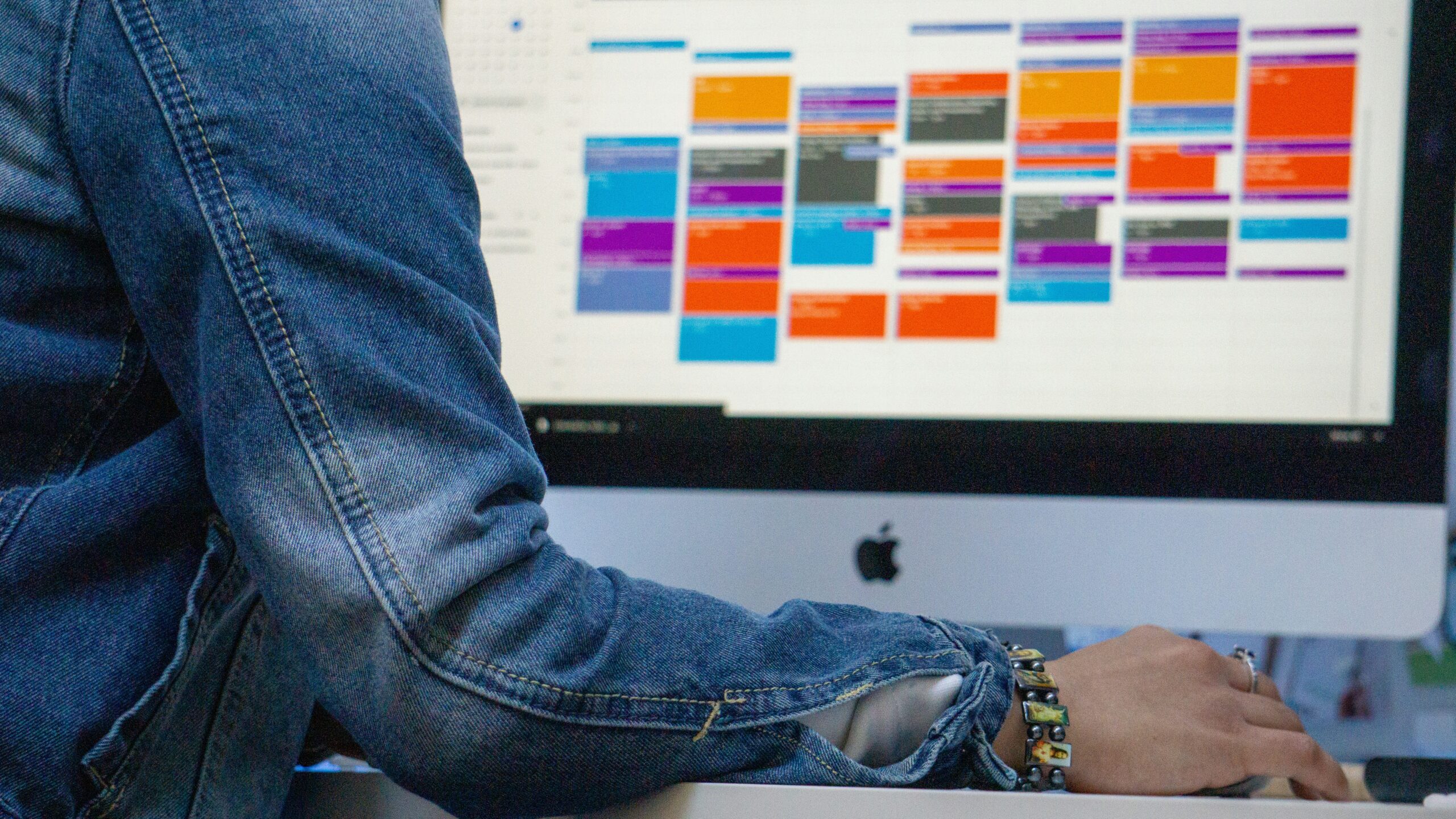You’ve got your calendar set up. Meetings blocked, breaks pencilled in, tasks neatly tucked between Zoom calls. On paper, it looks manageable. Sensible, even. But by 2pm, you’re fried. Not “just a bit tired”, we’re talking foggy-brained, limbs-heavy, please-don’t-ask-me-one-more-thing kind of tired. If this sounds familiar, it’s not because you’re lazy, disorganised or bad at time management. It’s because your calendar is lying to you. Well, not intentionally. But it’s only showing part of the story, the time cost. It’s missing the invisible energy cost. And that’s where the real trouble starts.
What the Invisible Energy Cost Really Looks Like
Let’s say your calendar shows a 30-minute team check-in at 9am, followed by “quick admin” at 9:30, then a feedback review at 10. Looks fine, right?
But here’s what it doesn’t show:
- The emotional load of leading that team check-in
- The mental gymnastics of switching context for admin
- The cognitive effort of giving thoughtful feedback
Time-wise? Easy.
Energy-wise? Compounding fatigue.
One task might be short, but it might take a heavy toll. And stacking those tasks back-to-back, even when your calendar says there’s technically space, can leave you totally wiped.
The Cost of ‘Just One More Thing’
How often do you squeeze in an extra task, thinking “I’ll just get it done now to save myself time later”?
Spoiler: that “just one more thing” might be exactly what tips you into burnout territory. Because it’s not just a time issue, it’s a recovery issue.
If you keep pushing through without understanding the energetic weight of what you’re doing, you’re effectively borrowing against tomorrow’s capacity. And the interest rate is brutal.
3 Signs You’re Underestimating Energy Drain
- You’re always surprised by how exhausted you feel, even when the day looked light.
- You struggle to switch off at the end of the day, even when the to-do list is technically done.
- You’re avoiding certain types of tasks because they just feel heavier, even if they’re small.
Sound familiar? You’re not alone. This is one of the most common patterns I see with clients, especially those managing chronic health conditions or fatigue.
A Better Way: Plan for Energy, Not Just Time
This is where energy planning changes the game. Instead of asking, “Do I have time for this?”, try asking:
- “What kind of energy does this task require?”
- “What kind of energy do I have right now?”
- “How long will it take me to recover from this?”
Shifting to an energy-first mindset doesn’t mean doing less, it means doing smarter.
And yes, it might mean leaving a few white spaces in your calendar, not to be filled in later but held as recovery zones, space to reset your system, mentally and physically.
From Calendar Chaos to Capacity Clarity
Inside my 1:1 coaching programme, one of the first tools I share is your Energy Prioritisation Plan, a simple but powerful way to map out your work based on how much energy you have, not just how much time you’ve got.
It’s not about giving up on your goals. It’s about reaching them in a way that doesn’t cost your health.
If you’re not quite ready for coaching but you’re starting to rethink your day-to-day energy leaks, grab my free guide:
👉 5 Powerful Strategies to Reduce Fatigue at Work
For further reading on how your mental health and workplace energy are linked, check out this helpful guide from Mind UK: Taking Care of Yourself at Work
Disclaimer:
The content in this blog is based on my personal experience of living with chronic illness and is shared for informational purposes only. It is not intended as a substitute for professional medical advice, diagnosis, or treatment. Always consult with your GP or healthcare professional before making any changes to your lifestyle, work routine, or health management. The tips and strategies shared here can be used alongside medical advice to support your well-being.

View comments
+ Leave a comment